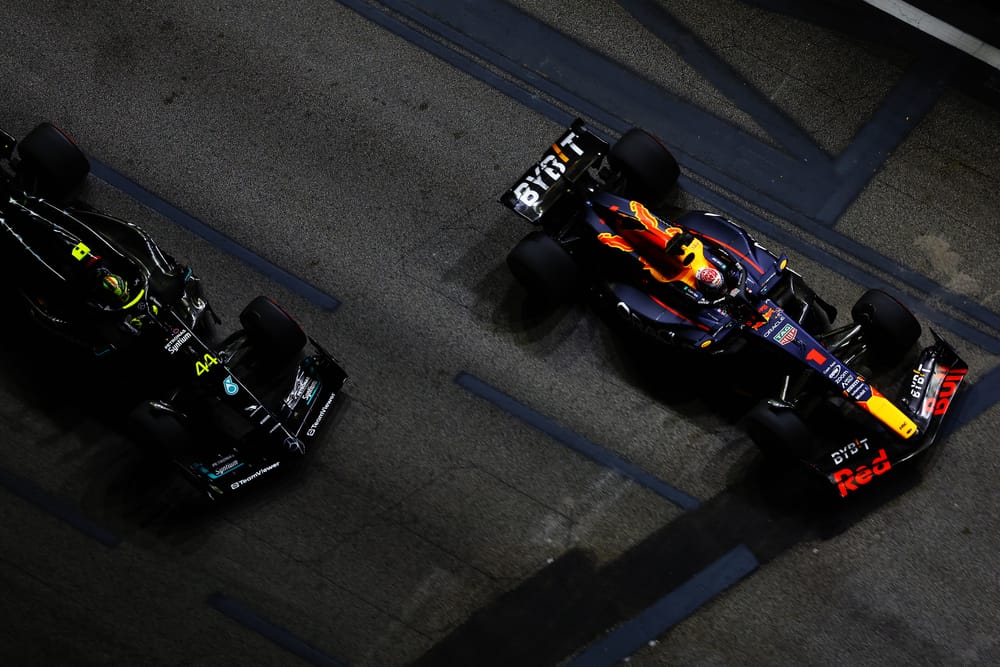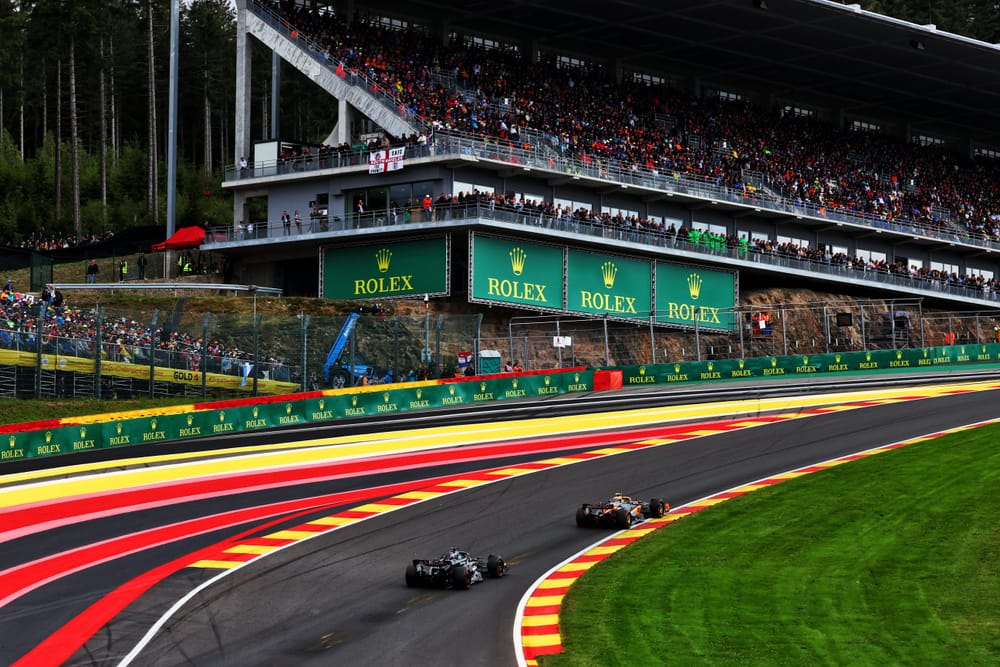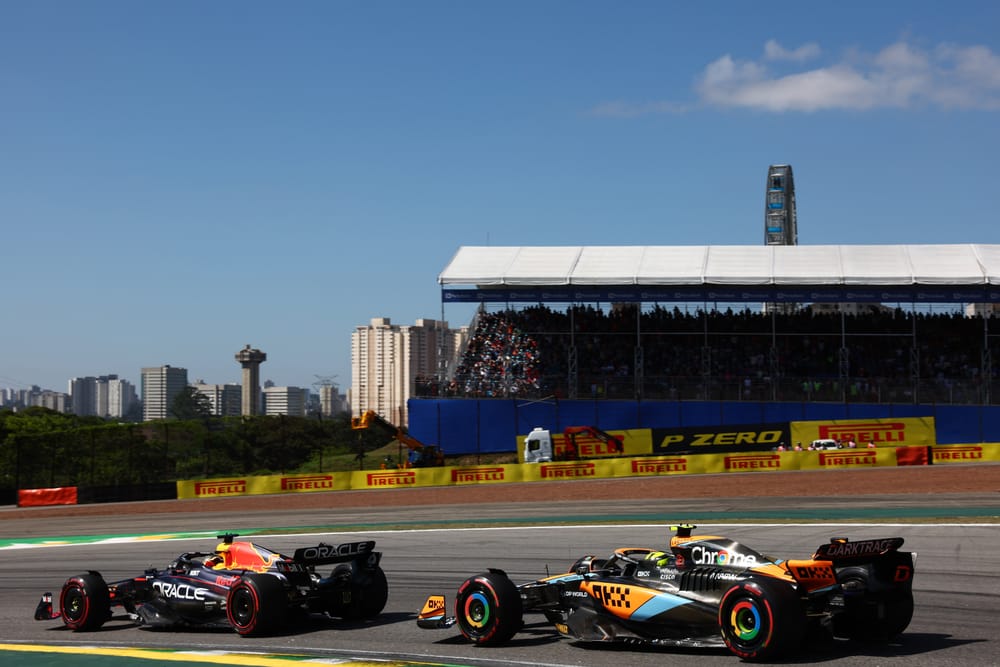Up Next

In confirming the extension of his contract as Mercedes technical director, James Allison was quick to rebut the idea that it has been ‘no fun’ to be part of the team as it attempts to regain its title-winning form.
“Actually, it's lots of fun,” he responded. “It isn't as much fun as winning, that's definitely true. But you have to sort of love the whole of the sport and the whole of the sport involves taking your licks when you haven't done a good enough job.
"One of the things to admire about Red Bull's current performance is that they stuck gamely to their task in quite a long period in the wilderness and are now enjoying the fruits of that well-placed labour. It's far from unenjoyable being in that position - as long as the team is collectively confident that it's making the right moves to try to re-establish itself as a force to be reckoned with.
"There's loads and loads of fun to be had in that.”
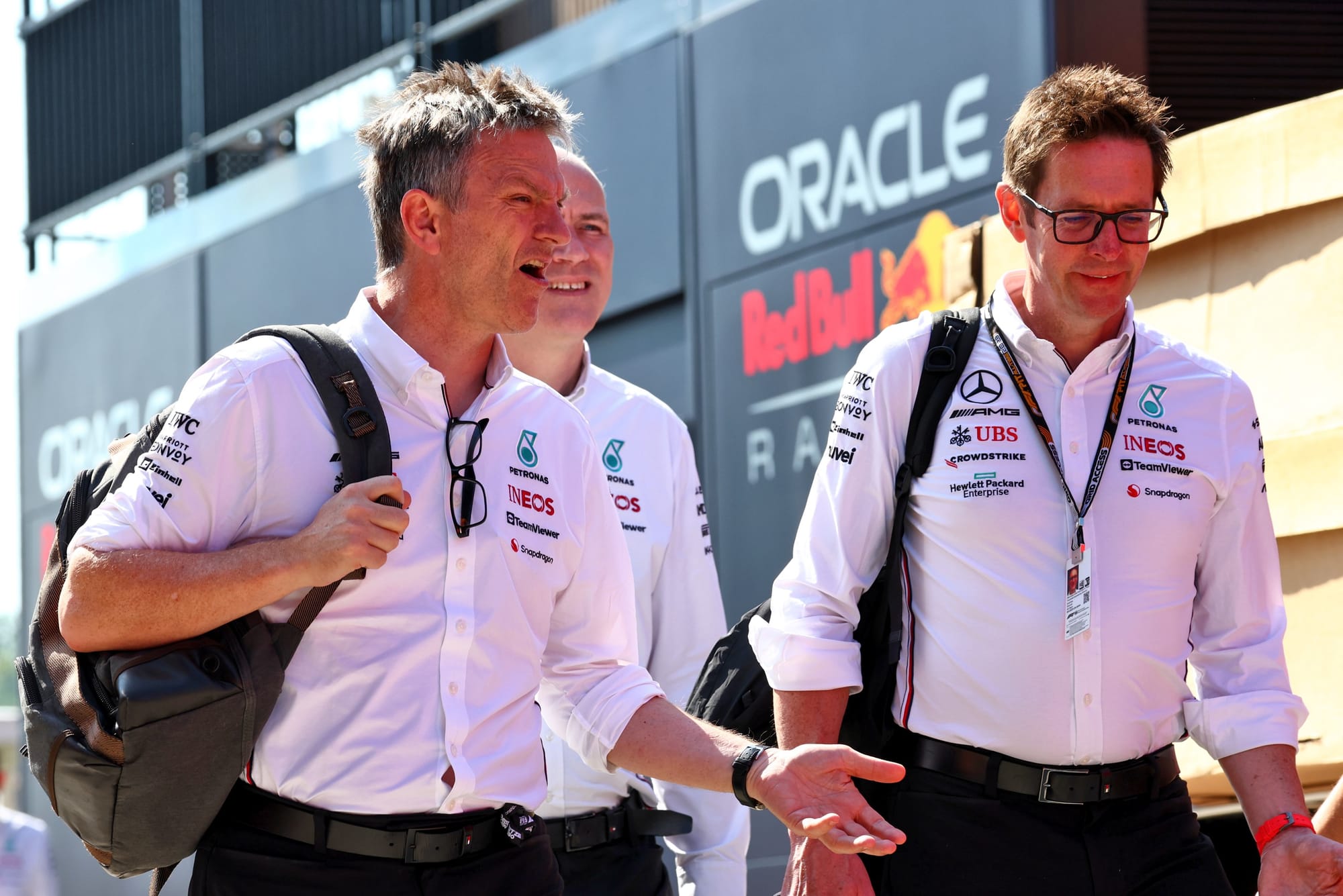
Allison’s citing of Red Bull’s difficulties prior to Max Verstappen’s three consecutive titles underlines the mentality needed to prevail in a sport with such long competitive cycles. Even for a team with all the necessary resource and talent, a competitive advantage takes years to achieve but, once reached, tends to endure long enough for records to be set.
The picture of a resurgent Red Bull after years of struggle and a declining Mercedes suggests the process of entropy; of how the energy which has combined to make long-term success inevitably begins to dissipate once that’s been achieved, overwhelmed by the hungry ambition of the next generation.
That seemed quite an accurate summation of the end of Ferrari’s dominance in the first decade of this century: years of unprecedented success, sporting legends made of the key participants, huge wealth accumulated – then the vortex of ambition losing its energy, no longer a unit with the tight cohesion of before.
Ross Brawn, Michael Schumacher and Jean Todt left the fold in quick succession, the magic evaporated and new stars filled the void.
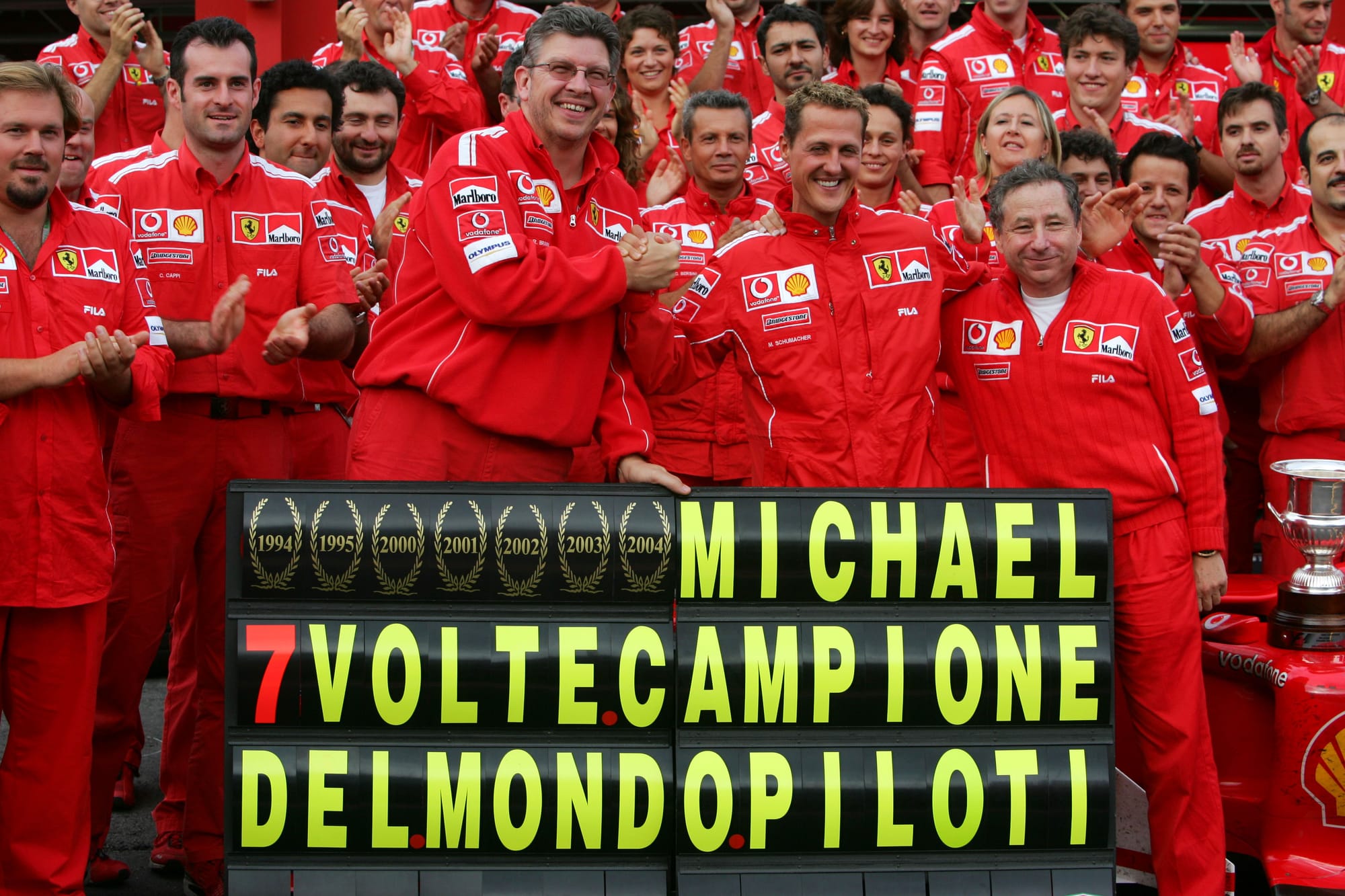
But when looking at the changing of the guard Mercedes-to-Red Bull, the entropy model works only on a superficial level. The particular underlying circumstances are quite different.
Before the advent of the hybrid power unit formula Red Bull was F1’s dominant team, as attested by Sebastian Vettel’s four consecutive world titles.
Red Bull didn’t cease to be that force through entropy. It happened virtually overnight in 2014 - when the new formula changed the main differentiator of success from aerodynamics to power unit.
Aero was still of course hugely important, but if the laptime difference between a good chassis and a great one was, say, 0.5s, the difference in power unit was, say, twice or three times that…
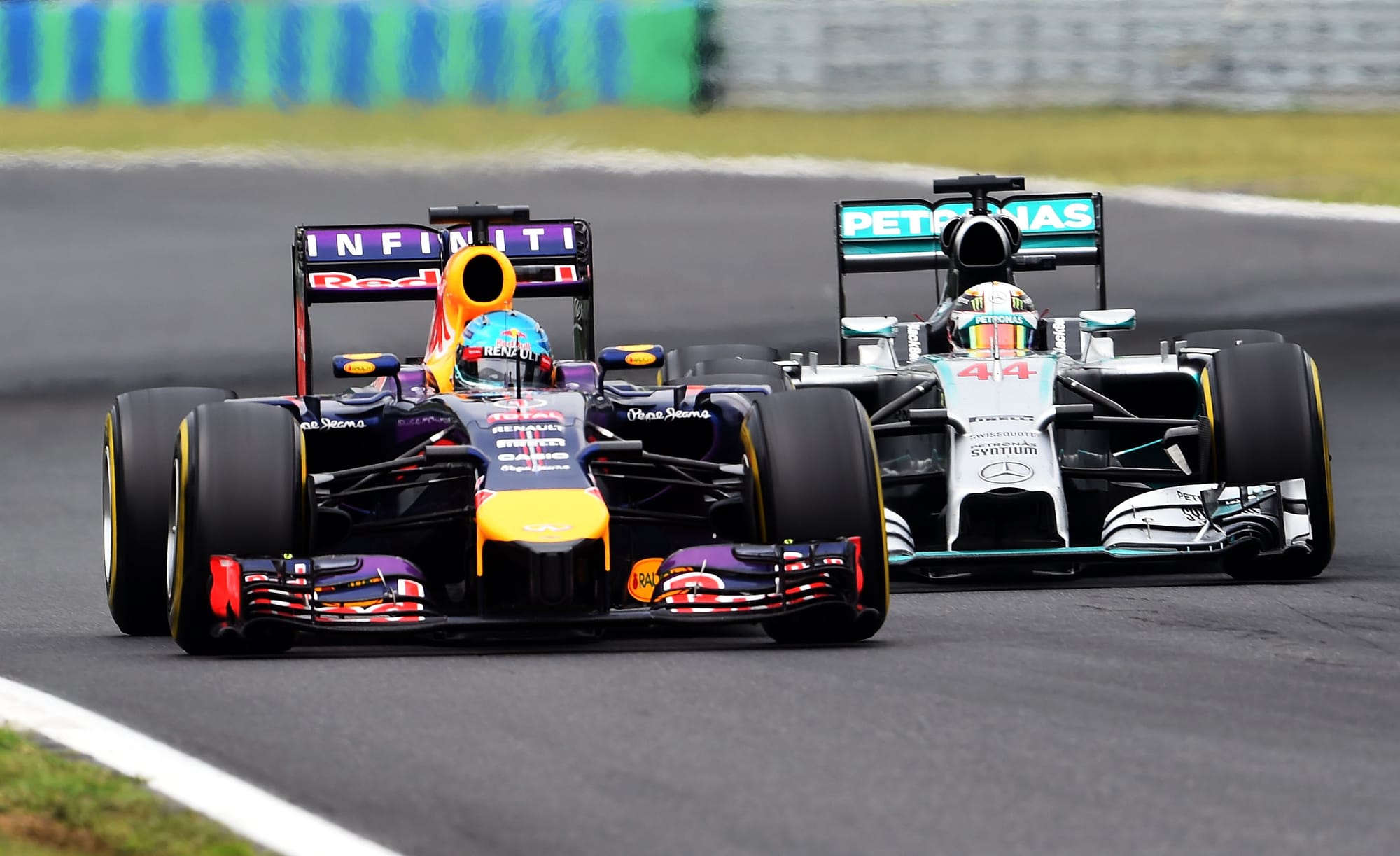
Red Bull was powered by Renault, which totally under-estimated the challenge of the hybrid era. Mercedes had its own engine facility and had invested years and hundreds of millions in preparing for that challenge.
The new hybrid formula was the meteorite which changed everything, a sudden and fundamental paradigm shift which upended the status quo.
Mercedes, with its industrial-scale resource, its huge ambition and its F1 programme directed by the wily Ross Brawn, was not going to miss that opportunity. Red Bull, a colossus of a racing team but without the engineering might and long-term strategic perspective of an automotive corporate giant, was not in charge of its destiny to anything like the same extent.
Red Bull had not lost ambition. It had lost the firing power to translate it.
The difference in scale was physically manifest in the difference in performance of the respective power units. That of the Mercedes was literally about five years ahead in technology.
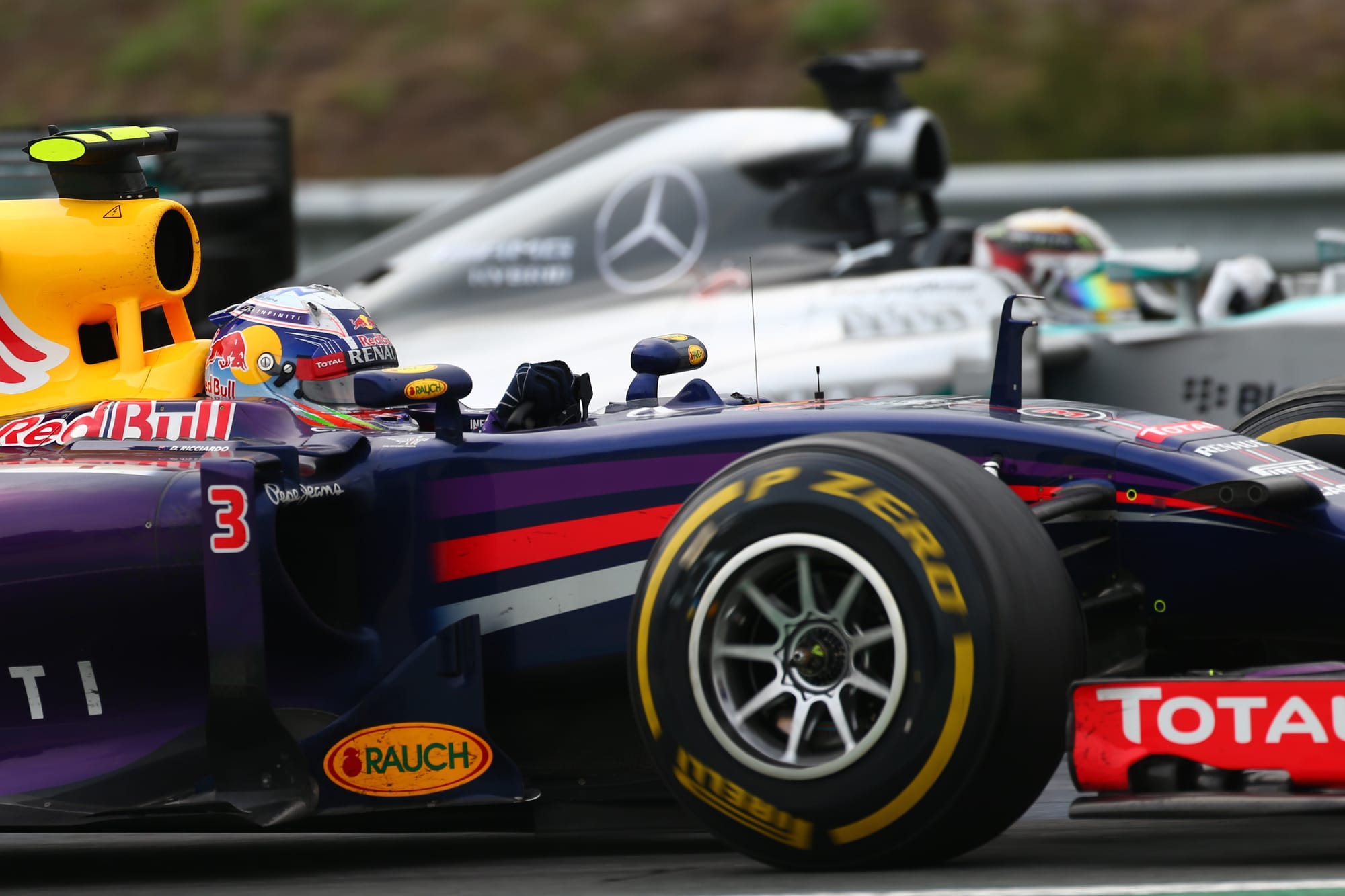
But it was way more than just that. The implications snowballed as Mercedes was able to use the long lead times to integrate the chassis and power unit departments. Clever guys were allocated massive budgets to squeeze all the potential from that integration – at an organisational level, which translated to the cars.
Mercs had great aero and massive power. Red Bulls had great aero. No contest.
Even though the Mercedes PU advantage inevitably dwindled, the aerodynamic path the advantage had set it upon led to some great cars. Those of 2016 and 2020 were particularly outstanding.
Red Bull’s aerodynamic mastery remained intact but could not be exploited fully when trying to compensate for such a big energy shortfall. Like a great driver denied the car they need to access all their ability, they were compromised.
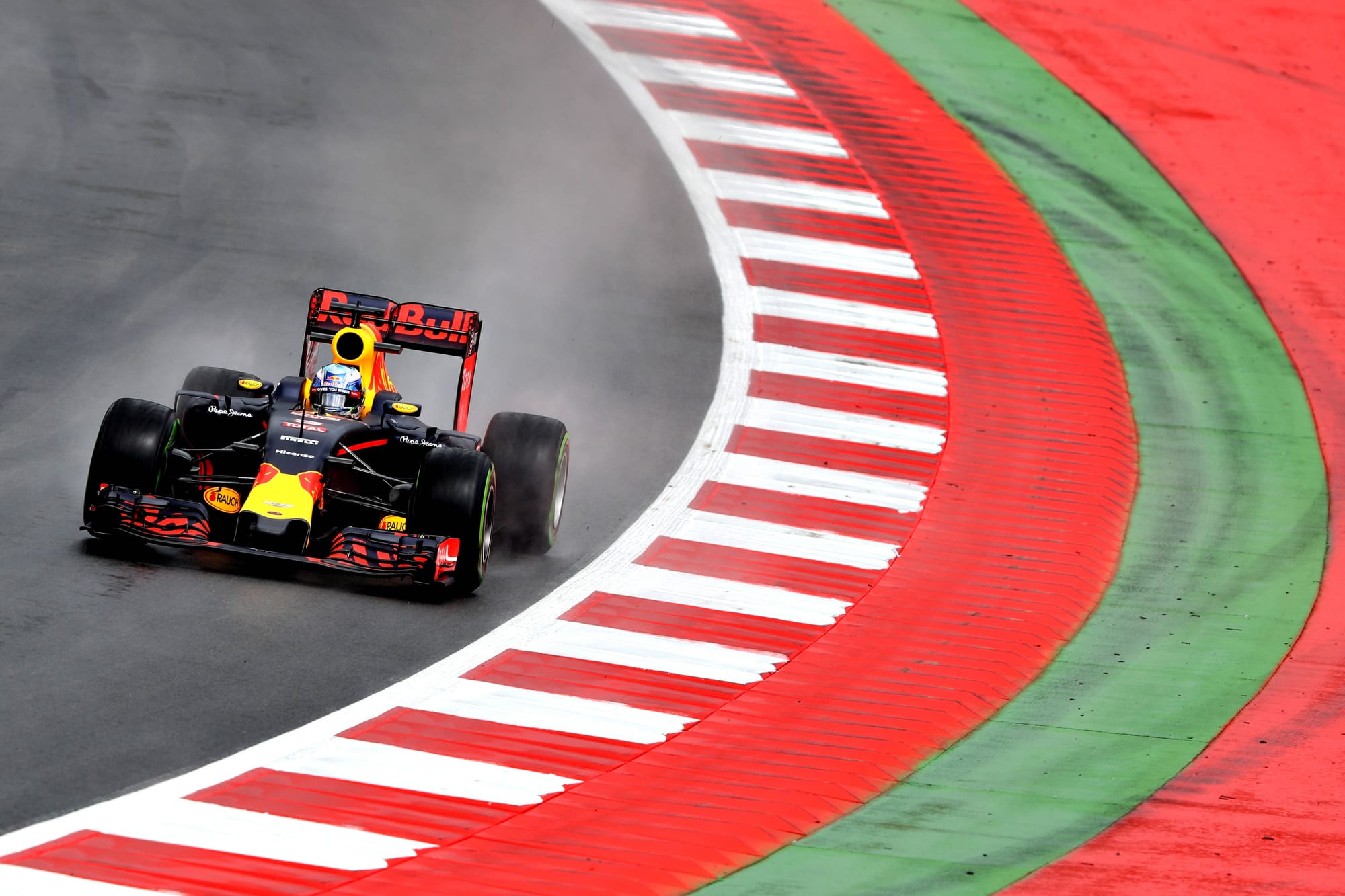
Even in those years where Red Bull managed to create a more aerodynamically effective car than Mercedes, any advantage would be dwarfed by that numbing power advantage. By 2016 Red Bull was conceiving a car with an aerodynamic map deliberately skewed towards the sort of slow corner circuits on which its power shortfall wouldn’t be so costly (as Adrian Newey confirmed).
Accurately anticipating a power shortfall, it compromised it aero at those tracks where that power hit would be most punishing, i.e. where it'd be sure to take a beating regardless.
Red Bull’s lack of faith in Renault’s promises meant its cars had built-in compromises in addition to the horsepower deficit, as small windows of opportunity were sought.
Title ambitions were simply unrealistic. It was like trying to find the fastest way to run the 100 metres with a stone in your shoe. With that penalty as a given, the focus would always be on minimising its effects rather than chasing the ultimate.
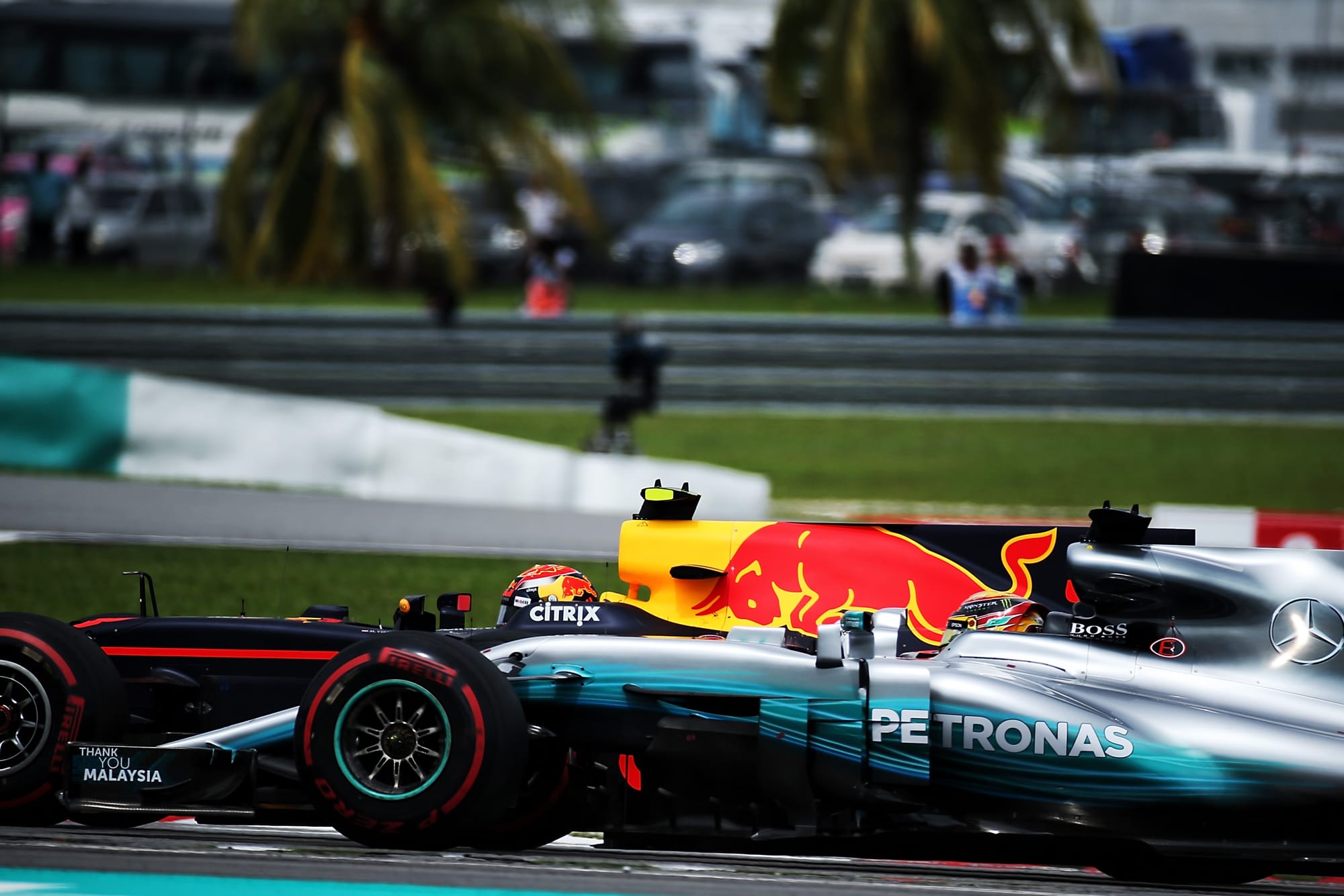
Red Bull was further stymied by regulation change.
The new wide car regulations of 2017 led to a wind tunnel correlation problem, as the data was corrupted by the closer proximity of the wider model to the tunnel walls.
The 2019 restrictions on the number of under-nose guide vanes, the banning of blown axles and lowered height of the bargeboards hit harder at Red Bull’s high-rake/short car philosophy than Merc’s low-rake/long car.
But that would be overturned to quite spectacular effect by the regulation trimming of the floor area for ’21 – which hurt Mercedes and at just the time Red Bull’s relationship with Honda was blossoming.
With an engine partner in which it had faith, the power and the integration had improved year-on-year until it was now a Mercedes match. Finally, Red Bull had great aero and a great power unit. Game on.
Then it was Merc’s turn to stumble.
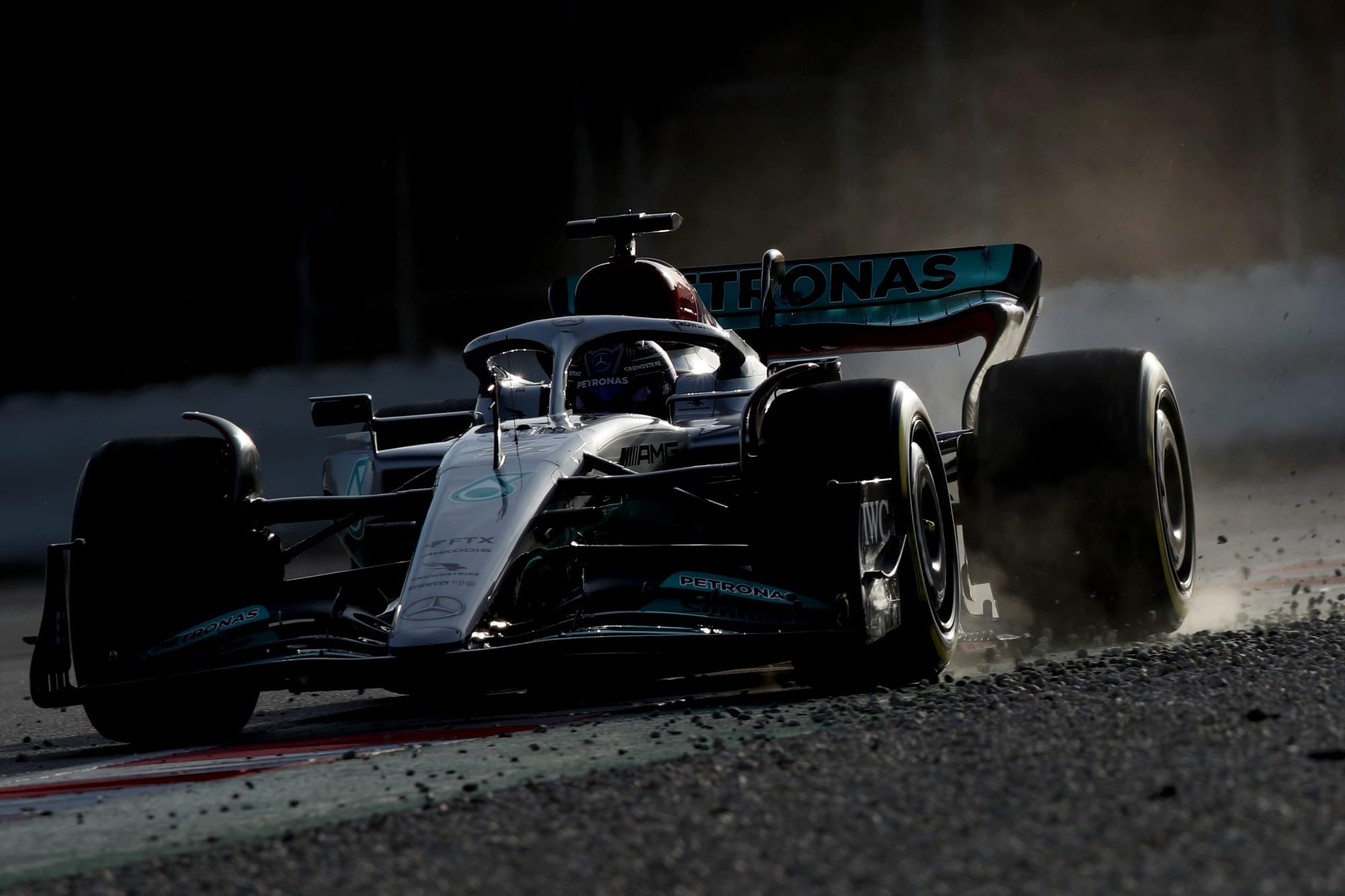
The new venturi underbody regulations of ’22 contained a spectacular tripwire which only Red Bull stepped over.
Mercedes still had a competitive engine but an aerodynamic penalty it struggled to fully understand. Allison believes it has finally done so, but with no way of knowing what advances Red Bull may have made in the meantime.
And that is part of the thrill – for him and us.
“You’re not expecting progress to be linear or anything,” he says. “It's always a rollercoaster of getting your hopes up, being slapped down by the racing gods and then gathering your skirts again to have another push.
"And I hope that that journey upwards is steep and strong and secure but it will be great fun trying to drive it at whatever pace we can to give our rivals a good old fight.”

